9 Insightful Ways to Understand and Address Microplastics in Our World
Microplastics, the tiny plastic particles less than five millimeters in size, have stealthily infiltrated every corner of our planet, from the deepest ocean trenches to the peaks of remote mountains. These minuscule invaders are the byproducts of larger plastic debris breaking down, as well as products intentionally manufactured at this size, such as microbeads used in cosmetics. The pervasive presence of microplastics poses significant environmental and health challenges, demanding a thorough understanding and proactive strategies to mitigate their impact. This article delves into nine insightful ways to comprehend and tackle the microplastic crisis, offering a comprehensive exploration of their origins, effects, and potential solutions.
The Genesis of Microplastics: From Macro to Micro
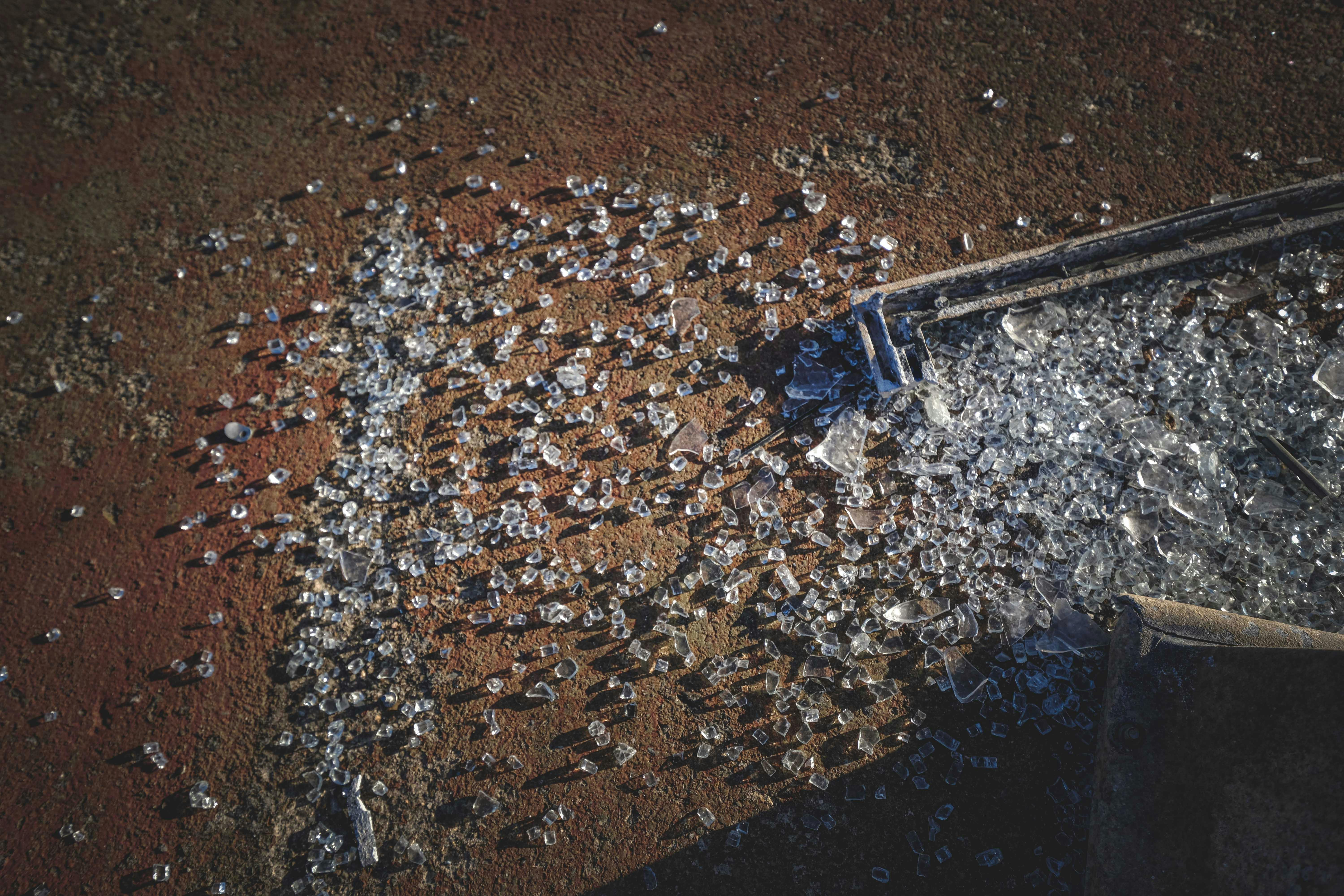
Microplastics originate from a variety of sources, primarily through the degradation of larger plastic items like bottles, bags, and fishing nets. Exposure to sunlight, wind, and water gradually breaks these items into smaller fragments, a process known as photodegradation. Additionally, microbeads found in personal care products and synthetic fibers shed from clothing during washing contribute significantly to microplastic pollution. Understanding these origins is crucial to addressing the root causes of microplastic contamination. By reducing the use of single-use plastics and advocating for alternative materials, we can begin to curb the influx of these tiny particles into our ecosystems.
The Ubiquity of Microplastics: A Global Contaminant
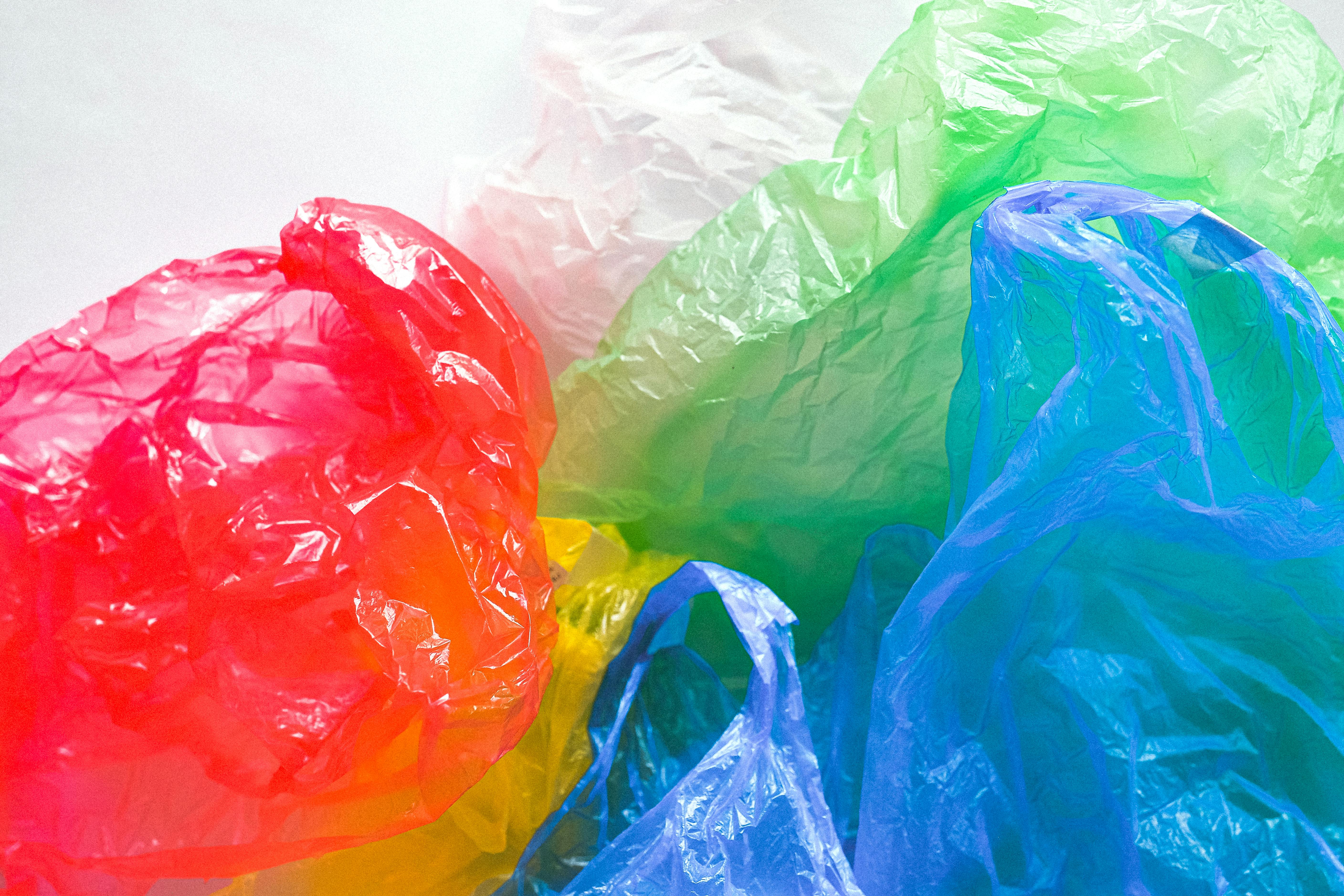
Microplastics have been detected in virtually every environment on Earth, from the Arctic ice to the depths of the Mariana Trench. They are carried by ocean currents, wind, and even rainfall, demonstrating their pervasive nature. This widespread distribution poses a severe threat to marine life, terrestrial ecosystems, and human health. Microplastics can be ingested by a wide range of organisms, entering the food chain and potentially accumulating in higher concentrations at each trophic level. Recognizing the global reach of microplastics underscores the need for international cooperation and policy-making to address this pressing environmental issue.
Ecological Impact: Microplastics and Marine Life
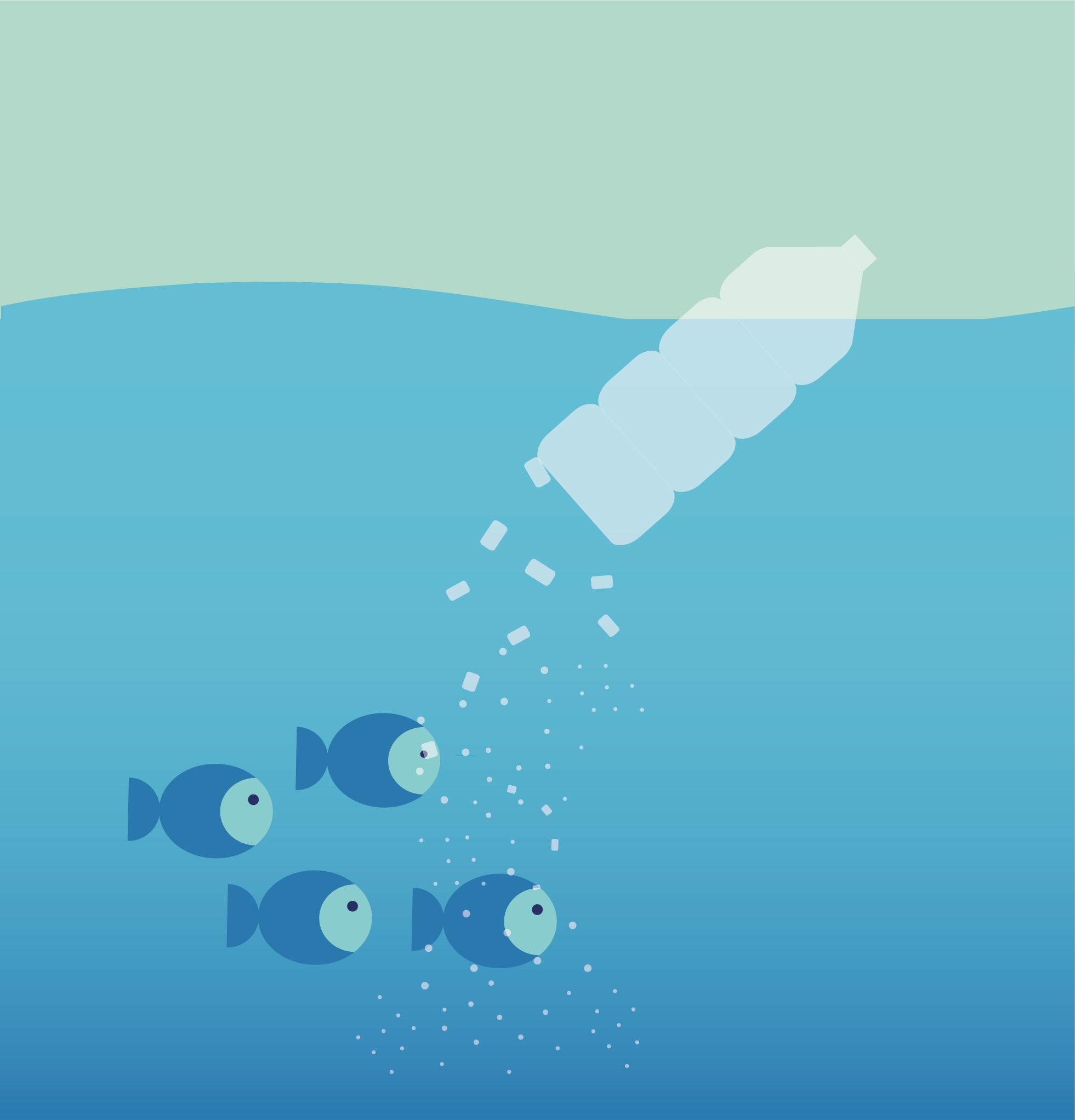
Marine ecosystems are particularly vulnerable to microplastic pollution. These particles can be ingested by marine organisms, from plankton to large fish and mammals, often with fatal consequences. Ingested microplastics can cause physical harm, such as internal abrasions or blockages, and can also leach toxic chemicals into the bodies of these organisms. Furthermore, microplastics can act as vectors for other pollutants, such as persistent organic pollutants (POPs), which attach to their surfaces. This complex interaction poses a significant risk to marine biodiversity and highlights the urgent need for measures to reduce plastic waste entering the oceans.
Human Health Concerns: The Invisible Threat
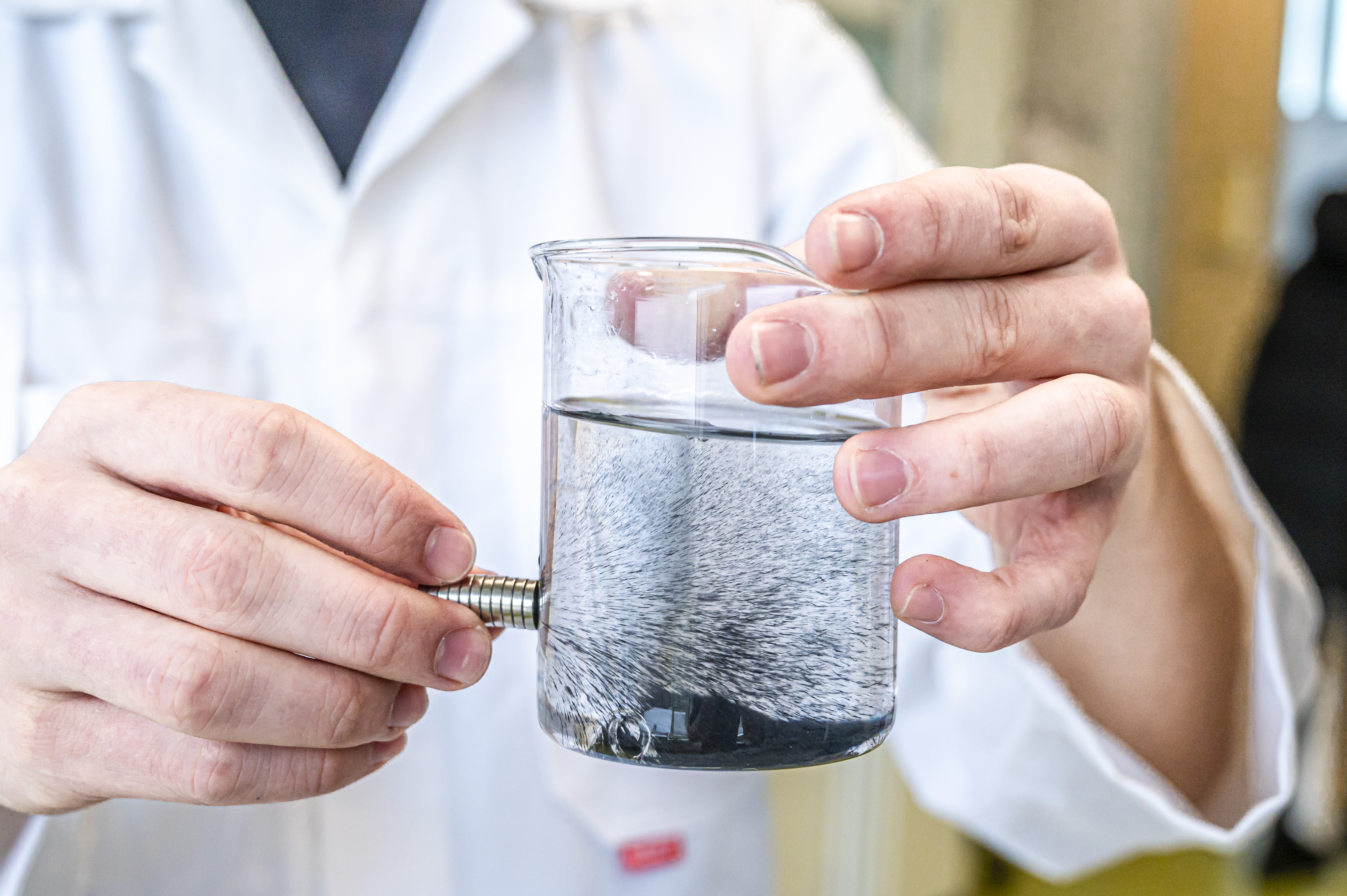
The impact of microplastics on human health is an area of growing concern and active research. Microplastics have been found in drinking water, table salt, and even the air we breathe. While the full extent of their health implications is still being studied, potential risks include the ingestion of harmful chemicals leached from plastics and the physical presence of these particles in the human body. There is also concern about the role of microplastics in transferring pathogens and heavy metals. Understanding these risks is crucial for developing effective health guidelines and protective measures to safeguard public health.
Innovative Solutions: Reducing Microplastic Pollution
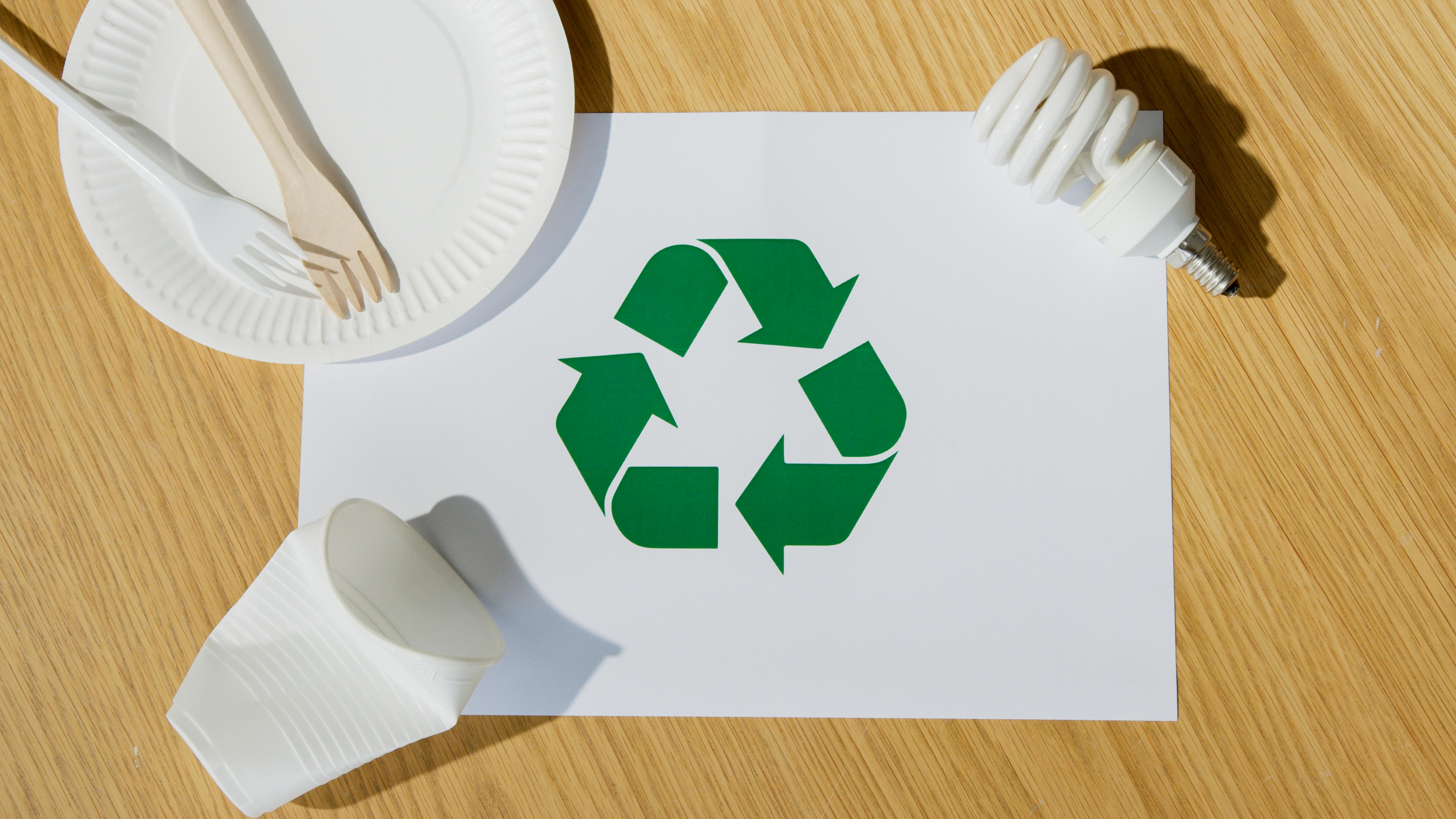
Addressing the microplastic crisis requires innovative solutions across multiple sectors. Biodegradable materials, improved waste management systems, and advanced filtration technologies are being developed to reduce microplastic pollution. Innovations such as washing machine filters to capture synthetic fibers and bans on microbeads in cosmetics have shown promise. Furthermore, raising public awareness and encouraging sustainable consumer habits can significantly reduce the demand for plastic products. Collaborative efforts between governments, industries, and consumers are essential to drive the development and implementation of these solutions on a global scale.
Policy and Legislation: Crafting Effective Regulations

Effective policy and legislation are critical components in the fight against microplastic pollution. Many countries have already implemented bans on microbeads and single-use plastics, setting a precedent for further regulatory measures. However, comprehensive policies addressing the entire lifecycle of plastics, from production to disposal, are necessary to make a significant impact. International agreements, such as the Basel Convention, play a crucial role in facilitating global cooperation. By enforcing stricter regulations and promoting sustainable practices, governments can help mitigate the spread of microplastics and protect environmental and public health.
Citizen Science: Engaging the Public in Research

Citizen science initiatives have emerged as valuable tools in understanding and addressing microplastic pollution. By involving the public in data collection and analysis, these programs increase awareness and provide valuable insights into the distribution and impact of microplastics. Projects such as beach clean-ups and water sampling engage communities and empower individuals to contribute to scientific research. This collaborative approach not only enhances our understanding of microplastic pollution but also fosters a sense of responsibility and stewardship for the environment among participants.
Education and Awareness: Building a Plastic-Literate Society
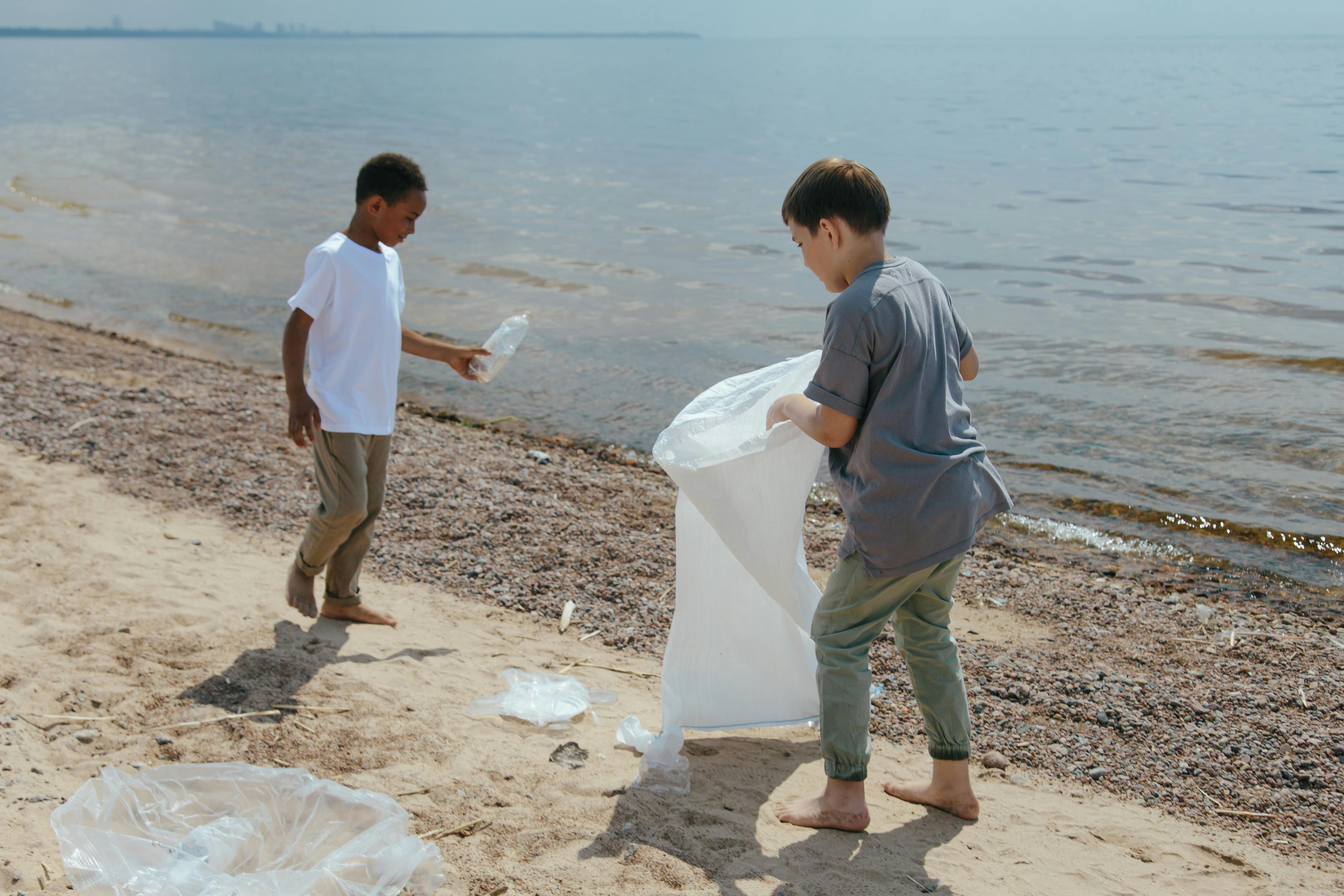
Education plays a pivotal role in combating microplastic pollution. By integrating information about microplastics into school curricula and public awareness campaigns, we can cultivate a plastic-literate society equipped to make informed decisions. Understanding the sources, impacts, and solutions to microplastic pollution empowers individuals to adopt sustainable practices and advocate for change. Educational initiatives should focus on fostering critical thinking and encouraging innovation, inspiring the next generation to develop creative solutions to environmental challenges.
The Path Forward: A Collective Responsibility
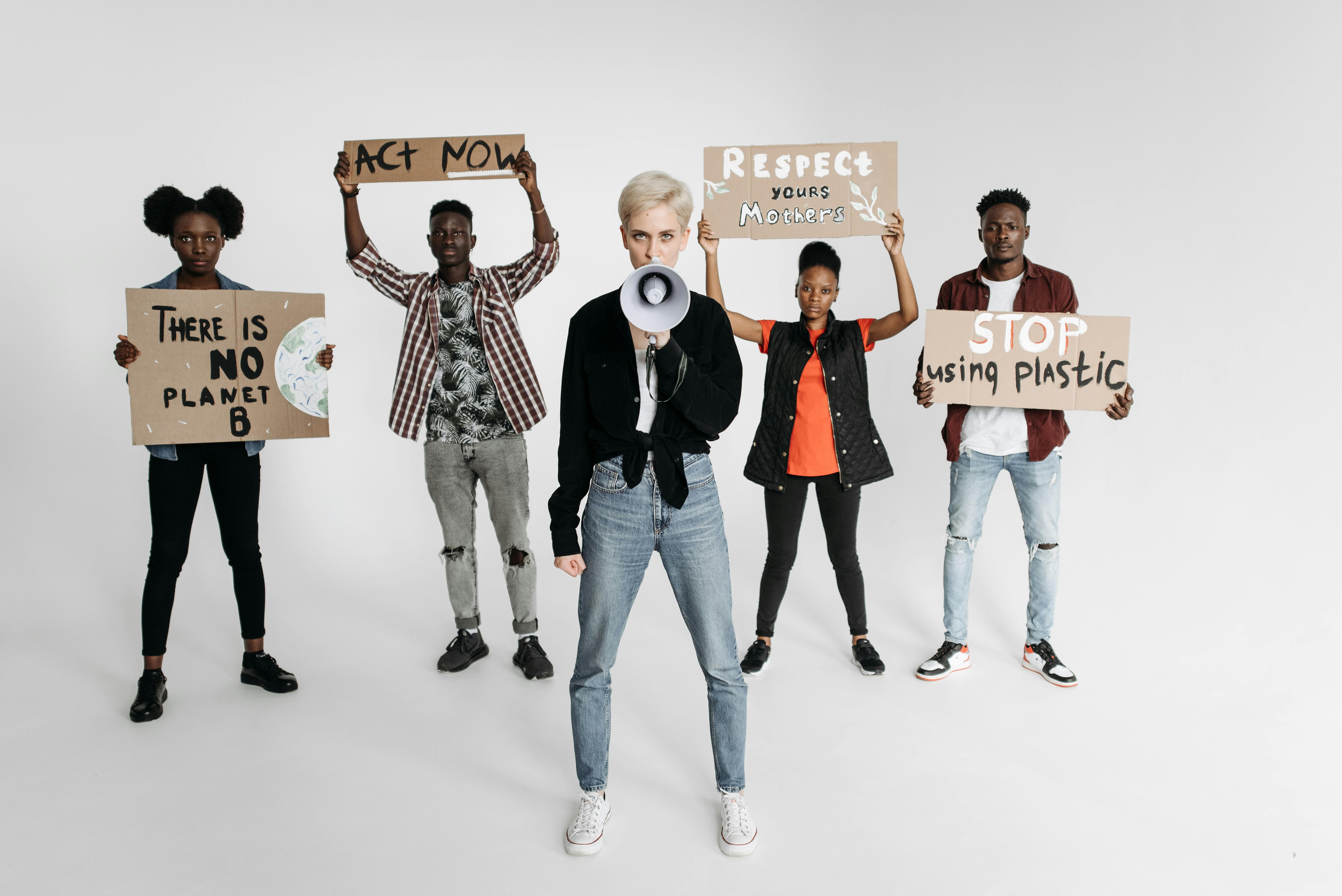
Addressing the microplastic crisis is a collective responsibility that requires concerted efforts from individuals, industries, and governments. By understanding the complexities of microplastic pollution and implementing multifaceted strategies, we can mitigate its impact on our planet and health. Collaboration, innovation, and education are key to driving change and ensuring a sustainable future. As we navigate the challenges posed by these tiny intruders, let us commit to reducing our plastic footprint and protecting the natural world for generations to come.